Unearthed Kannada Inscription Sheds Light on Chalukyan Life
A 7th-century Old Kannada inscription found near Madapura Lake, Karnataka, offers crucial insights into Vikramaditya I’s reign of the Badami Chalukya Life in Karnataka, ancient governance, and cultural continuity, highlighting early welfare, land rights, and social systems.
1. What makes the Madapura Lake discovery emotionally and historically significant?
On 25 April 2025, archaeologists in Nyamati taluk, Davangere district, unearthed a 7th-century, five-foot-long stone inscription at Madapura Lake. The script contains 17 Old Kannada lines dating to Vikramaditya I’s reign (654–681 AD). Verified by Karnataka’s Department of Archaeology and heritage researchers, it enriches India’s pre-medieval history. The emotional gravity lies in tracing living communities from 1,300 years ago—an enduring connection between the past and the present across centuries of silence and survival.
2. How does this stone testify to compassionate governance in ancient India?
The inscription mentions a tax waiver for villagers and a six-acre land donation to build a lake—initiatives led by Singhavenna, a local officer under King Vikramaditya I. Such early welfare measures suggest the presence of pro-people governance. Tax reforms, even in the 7th century, were linked with water security and community resilience. Dual-source validation from inscriptions and Chalukyan records confirms this act, highlighting the state’s sensitivity toward agrarian needs and social well-being during that era.
3. What does the inscription reveal about 7th-century Karnataka’s administrative framework?
The reference to Ballavi, an administrative unit comprising around 70 villages, reveals a structured governance model with decentralised planning. Each unit managed resource distribution, local disputes, and religious landholding. The scale and division are supported by other inscriptions from Badami and Aihole. This inscription reflects not just control but organised civil administration—an advanced system for its time that remains underappreciated in mainstream historical narratives. It confirms the administrative maturity of the early Chalukyas in Karnataka.
Quick Fact Box: 7th-Century Inscription Discovery, Karnataka
Discovered: 25 April 2025, Nyamati Taluk, Davangere
Length & Script: 5 feet, 17 lines in Old Kannada
Period: Reign of Vikramaditya I (654–681 AD)
Significance: Tax relief and land donation recorded
Governance: Mentions 70-village unit called Ballavi
Later Additions: 17th-century relief sculpture also found
4. What does the blend of two eras on one stone tell us?
Strikingly, the same stone carries a partial relief sculpture from the 17th century AD—1,000 years after the original inscription. This suggests the slab held continued spiritual or social importance. Verified through stylistic dating and ASI cross-referencing, it indicates the persistence of reverence for sacred or administrative artifacts in Indian tradition. The repurposing reflects how communities engage with their past, passing forward meaning even when original contexts are lost. It’s a rare material record of temporal overlap.
5. What do historians say about the Vikramaditya era and this discovery?
Noted historian Dr. S. Venkatesh says, “Vikramaditya I did not just rebuild Vatapi; he rebuilt systems of trust.” Epigraphist Prof. Malini Rao adds, “Such inscriptions prove early South Indian kings led with compassion, not conquest.” Their remarks underscore the emotional and scholarly impact of this find, which stands out for detailing welfare policy rather than war or ritual. Epigraphic cross-verification with other Chalukyan records further affirms its historical and cultural authenticity.
What makes this story a must-read
This discovery reconnects us emotionally with 7th-century Karnataka, showing how compassion, governance, and heritage shaped India’s roots. It’s more than history—it’s a mirror reflecting ancient humanity’s moral codes.
Share this content:
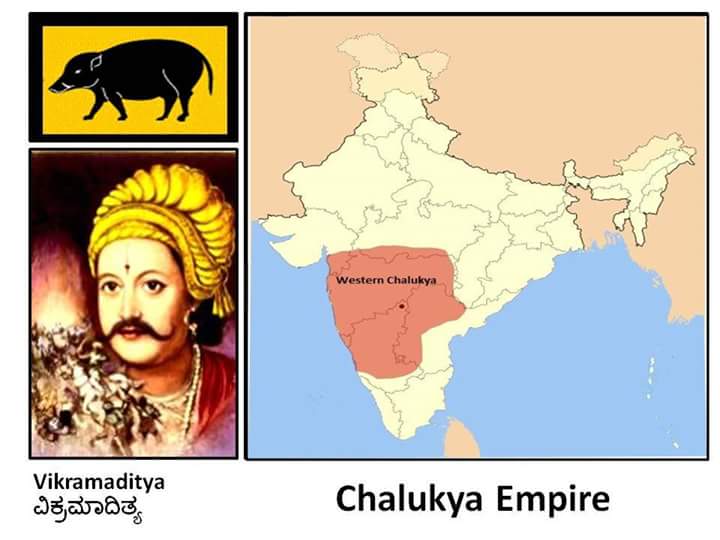

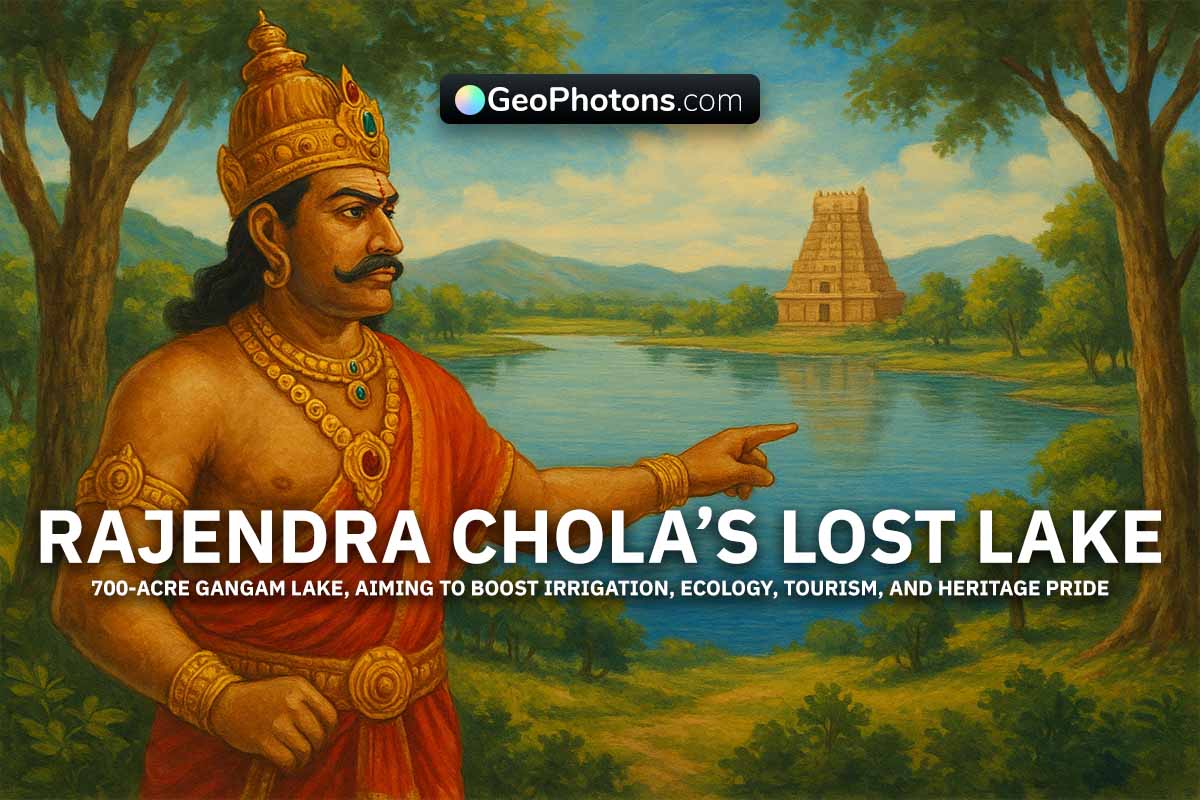
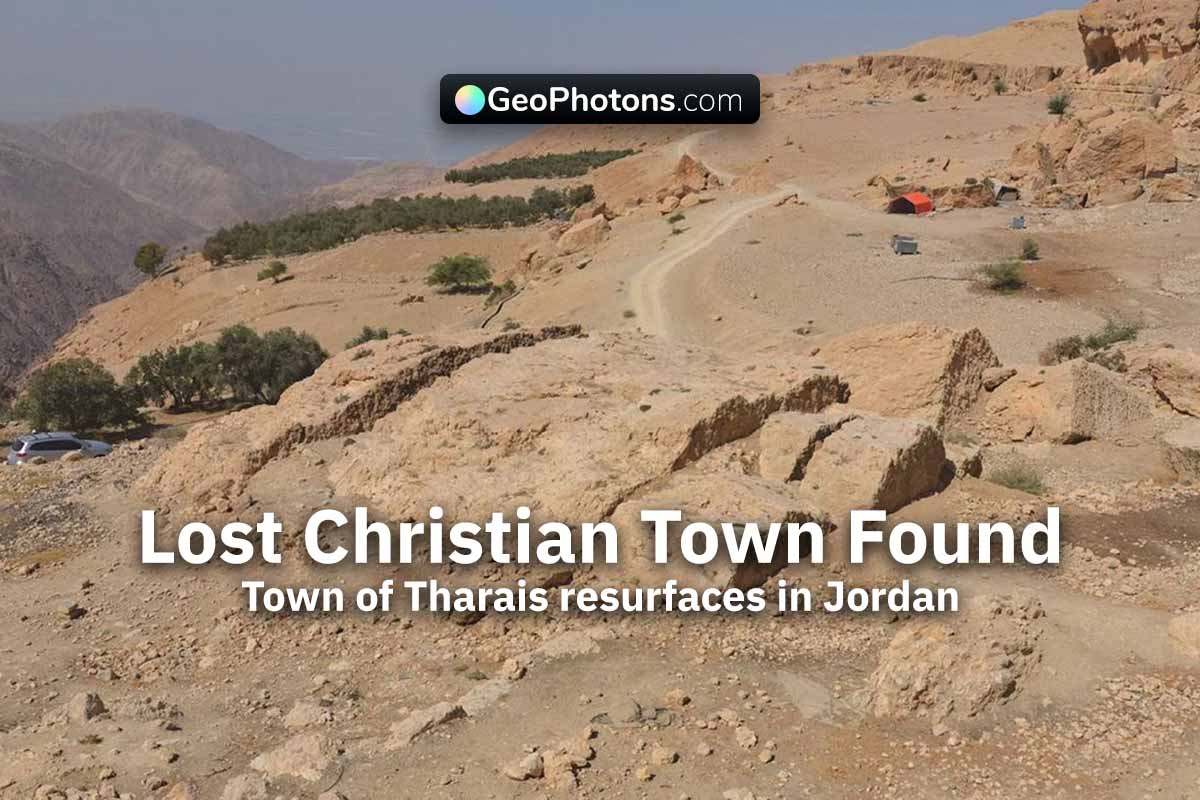
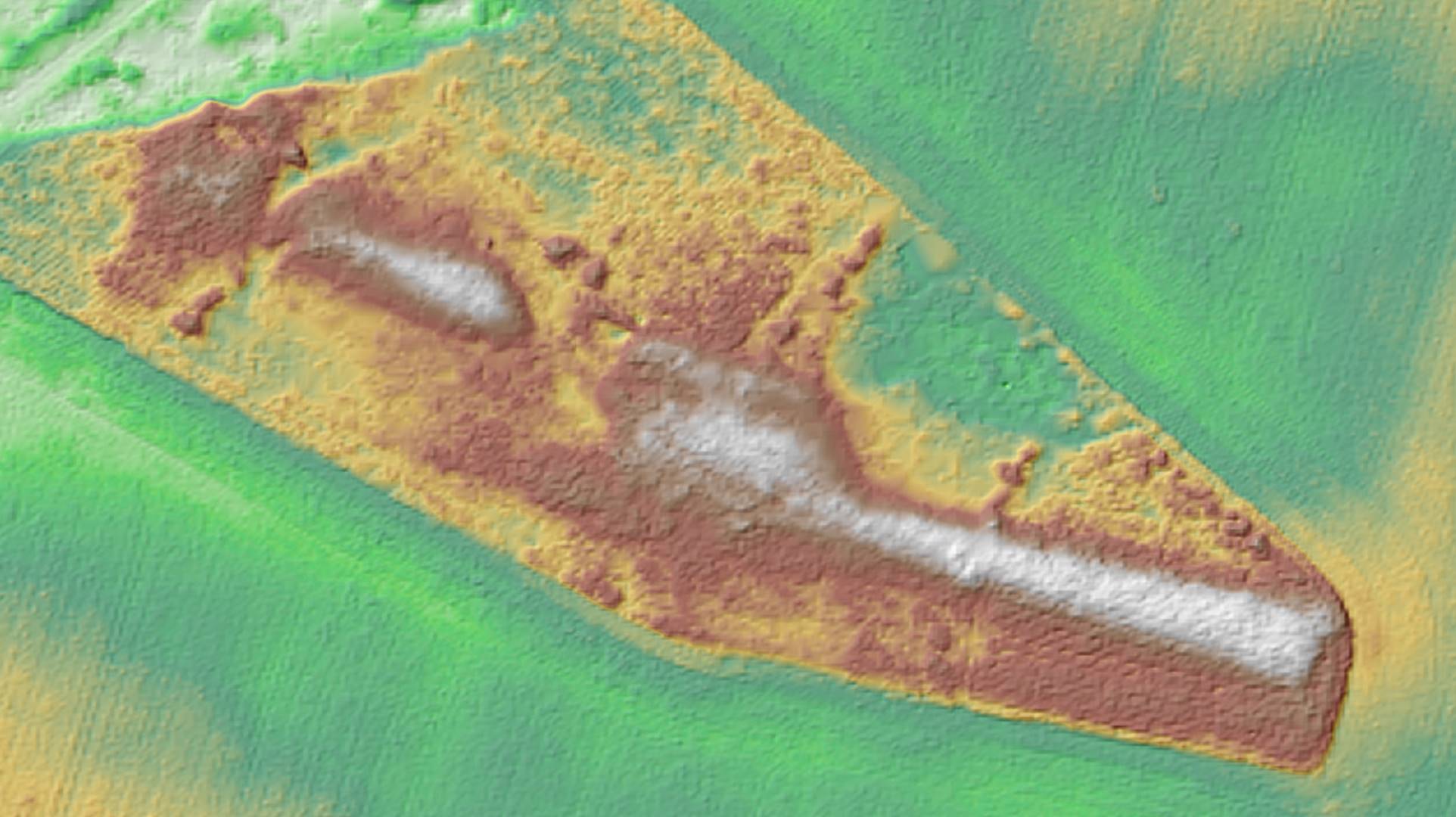






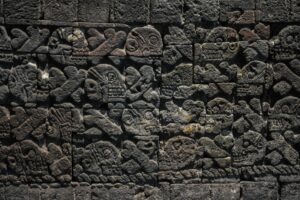



Post Comment